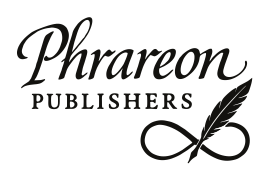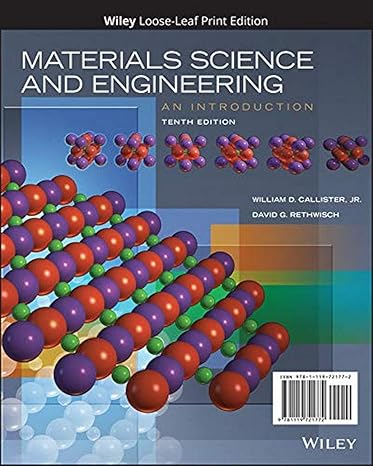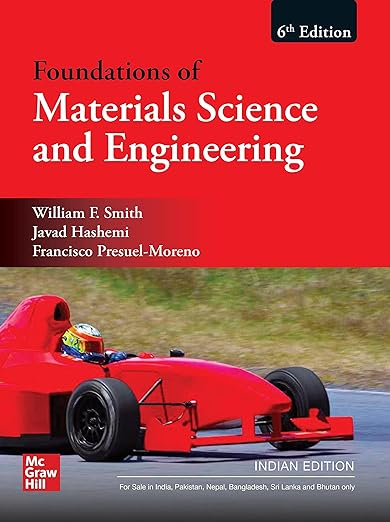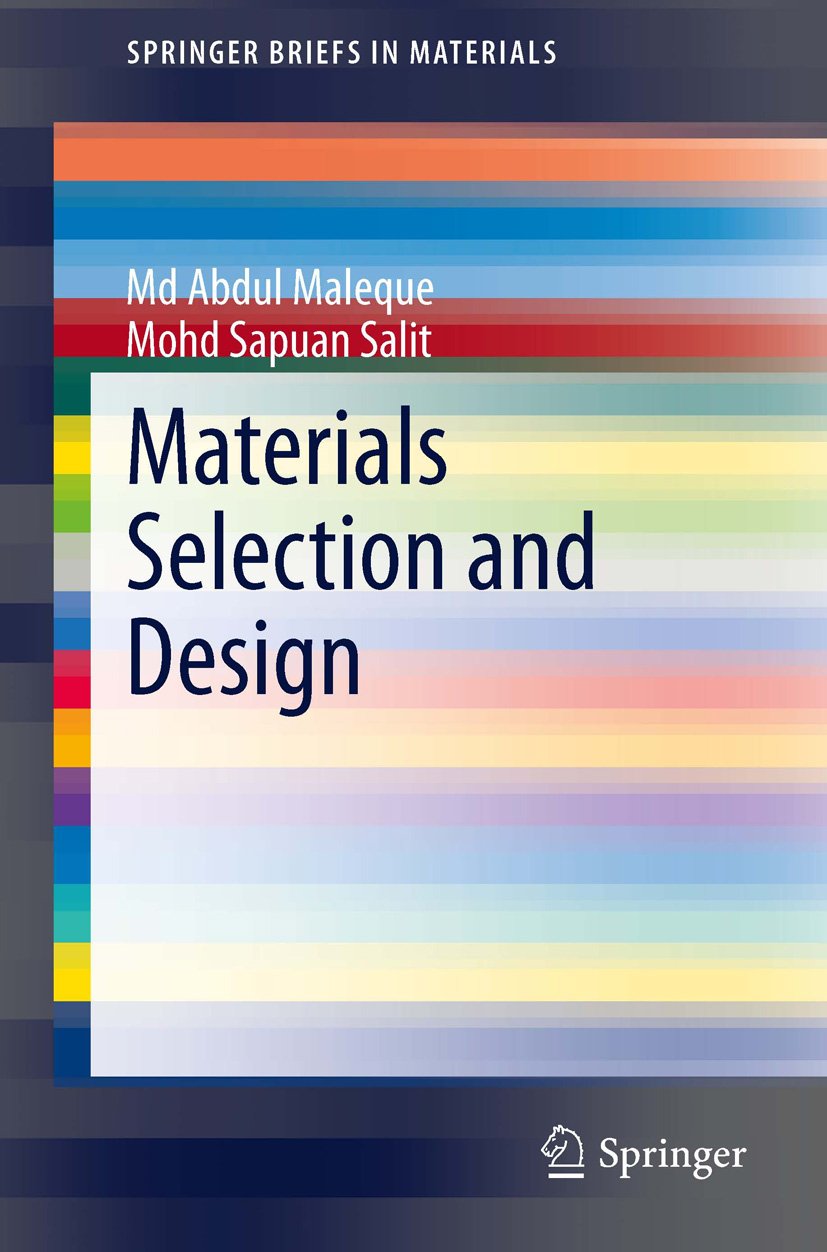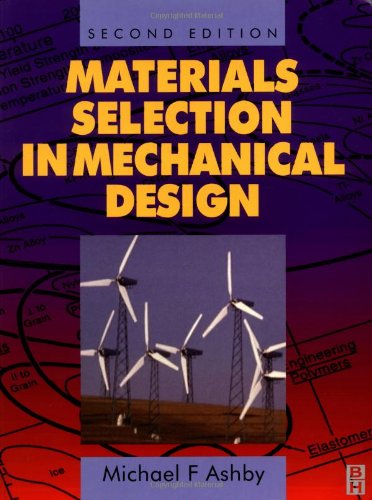1. Materials Science and Engineering: An Introduction
Author: William D. Callister Jr. & David G. Rethwisch
Overview:This is the most widely used textbook globally for undergraduate materials science courses. It explains the relationship between the structure of materials at atomic or molecular scales and their macroscopic properties. Topics include:
1. Crystallography
2. Mechanical properties
3. Phase diagrams
4. Ceramics, polymers, composites
5. Corrosion and failure analysis
Why Read: It builds strong conceptual understanding with diagrams, examples, and review questions. The 2024–2025 edition has updated case studies in biomaterials, nanotech, and green engineering.
2. The Science and Engineering of Materials
Author: Donald R. Askeland & Wendelin J. Wright
Overview:This book is also widely adopted in engineering courses. It provides in-depth examples of materials behavior in real-world applications (airplanes, electronics, biomedical implants).
1. Includes clear visuals and data charts
2. Covers thermodynamics and kinetics
3. Has a modern approach to sustainability and smart materials
Why Read: A more detailed follow-up to Callister—especially good for students who like a structured, analytical approach.
3. Foundations of Materials Science and Engineering
Author: William Smith
Overview:This book is best for beginner and intermediate students. It gives a compact yet comprehensive introduction to materials—focusing on both science and engineering applications.
1. Emphasizes understanding physical properties and performance
2. Includes solved problems, summaries, and review questions
3. Simple language and colorful illustrations
Why Read: A great choice if you are preparing for competitive exams like GATE or want clear, concise explanations.
4. The New Science of Strong Materials
Author: J. E. Gordon
Overview:Unlike the others, this is not a textbook—but a beautifully written popular science book. Gordon explains materials through stories, humor, and real-world applications, like why glass is brittle or how bones are strong.
1. Focuses on material strength and mechanics
2. Ideal for curious minds and beginners
Why Read: It’s a fun and intelligent read that brings materials science to life—even for non-engineers.
5. Materials Selection in Mechanical Design
Author: Michael F. Ashby
Overview:This book teaches how to choose the right material for any engineering design, based on factors like weight, strength, cost, and environmental impact. It introduces:
1. Ashby diagrams (property charts)
2. Performance indices
3. Eco-design and circular economy considerations
Why Read: Extremely useful for mechanical, product, and design engineers. Essential for sustainable design practices.
